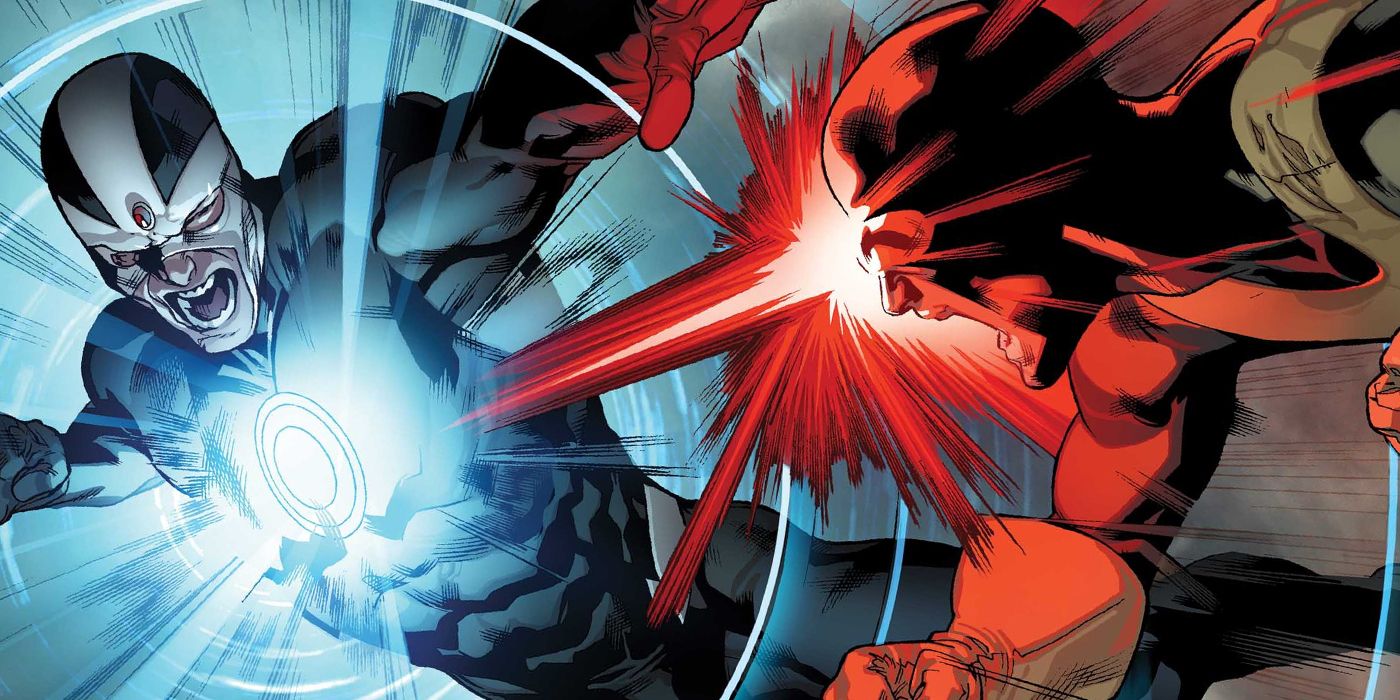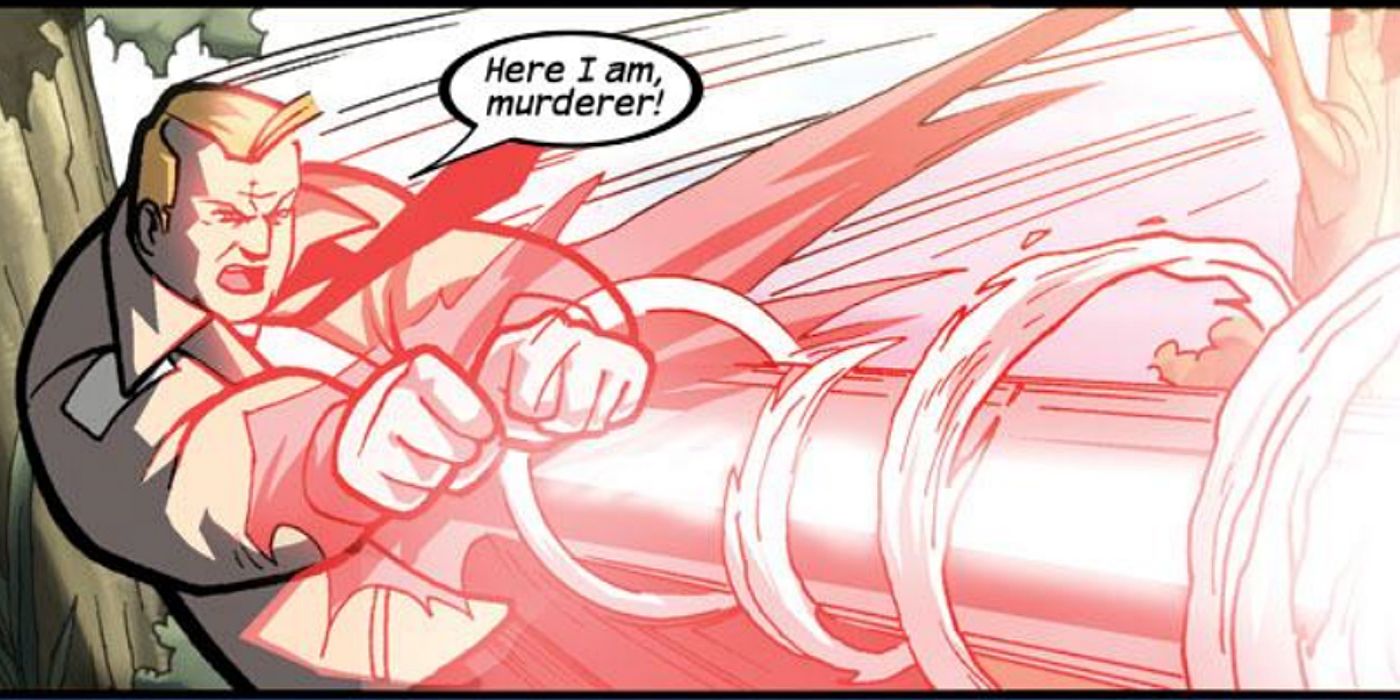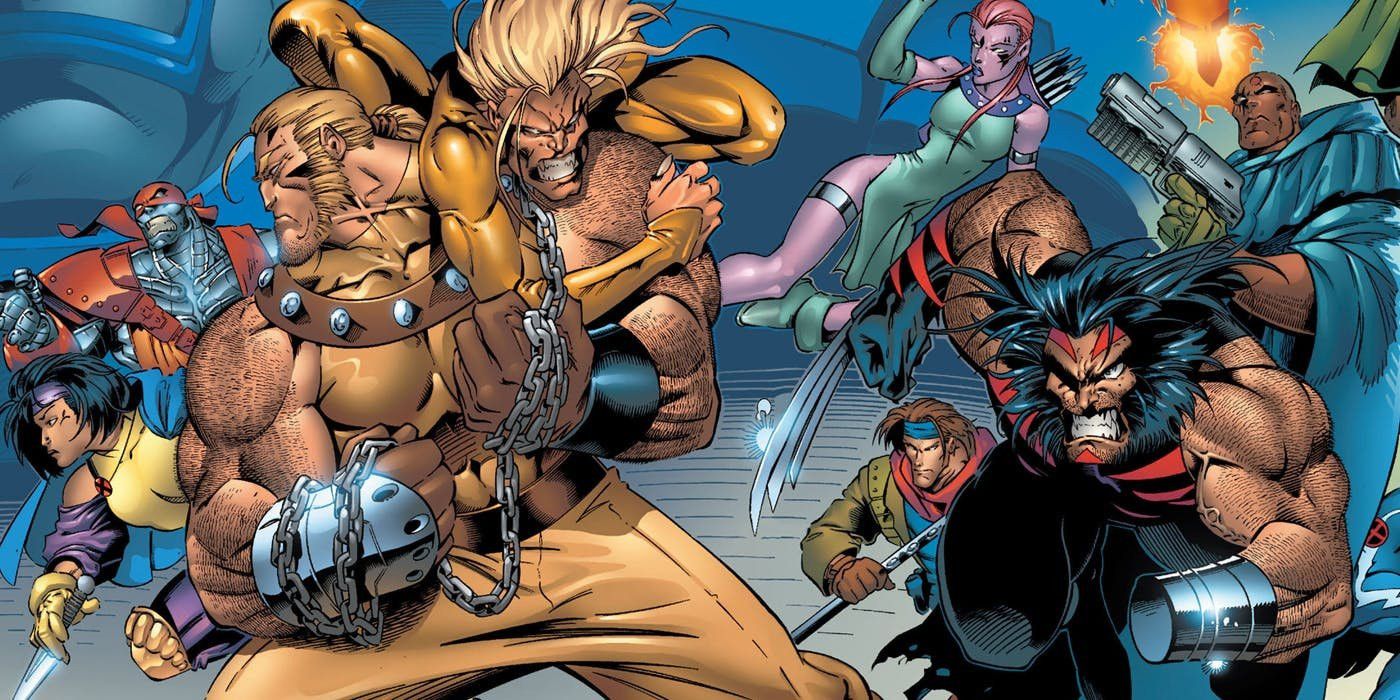With the power to change the very nature of existence and command elemental forces on a whim, some of the most powerful beings in the Marvel Universe are mutants. However, other mutants have lethal abilities that actively threaten their lives and make any semblance of normal life impossible.
To keep track of where most mutants fall on the scale between those two extremes, Marvel has introduced a few different ways of classifying the different mutant power levels since Stan Lee and Jack Kirby created the X-Men in 1963.
Even though the particulars of these power levels have inspired passionate fan debates for decades, the use of specific terms has been inconsistent, and even contradictory at times. Since House of X just cemented the guidelines for what an Omega Level mutant is, we're taking a closer look at how mutant power levels work within the Marvel Universe.
OMEGA LEVEL MUTANTS
As the term suggests, Omega mutants are Marvel's most powerful class of mutants. The term was first used in 1986 to describe Rachel Summers in Chris Claremont and John Romita Jr.'s Uncanny X-Men #208, and it was explicitly spelled out for the first time in 2001's X-Men Forever #3, by Fabian Nicieza and Kevin Maguire.
As officially defined in Jonathan Hickman and Pepe Parraz's House of X #1, an Omega Level mutant is "a mutant whose dominant power is deemed to register -- or reach -- an indefinable upper limit of that power's specific classification."
That issue also confirmed that Jamie Braddock, Iceman, Elixir, Jean Grey, Legion, Magneto, Proteus, Mister M, Storm, Exodus, Quentin Quire, Franklin Richards, Vulcan and Hope Summers were all Omega Level mutants.
However, it's worth noting that a couple of characters like the reality-warping Matthew Malloy and the psionic powerhouse Nate Grey were not on that list, even though they've always been described and portrayed as Omega Level mutants. However, neither of those characters is currently in the Marvel Universe, which could explain their absence from that list.
Although a few of the most powerful mutants have been described as "beyond Omega Level," Omega Level mutants -- by definition -- have limitless potential powers, and that phrase only really denotes the most powerful Omega Level mutants.
ALPHA LEVEL MUTANTS
Before the concept of Omega Level mutants was introduced, Alpha Level mutants were initially described as the most powerful type of mutants starting in the '70s. However, the term has since been relegated to describing the second most powerful class of mutant.
Although Marvel has never specifically spelled out who counts as an Alpha Level mutant, several X-Men and X-villains have been explicitly referred to as Alpha Level. Putting aside those who were later reclassified as Omega Level, Charles Xavier, Cyclops, Havok, Polaris, Bishop, Cable, Sunfire, Namor, Sebastian Shaw and Mister Sinister were all called likely Alpha Level mutants in the lead-up to the late '90s storyline "The Twelve" in Alan Davis and Terry Kavanagh's X-Men #94 and X-Men #97.
Several mutants have also been identified as "near Omega Level" or "potential Omega Level." If they're not quite strong enough to fall into that category, characters like Chamber and Tempus could reasonably be considered to be Alpha Level.
While the power levels of those characters make it clear that Alpha Level mutants still possess an immense level of power, the upper and lower limits of the classification remain unclear.
BETA LEVEL AND BELOW
While logic would dictate that there should be another class of mutants below Omega-Level and Alpha-Level in that classification system, they've only been mentioned on a few exceedingly rare occasions in the Marvel Universe.
In Sean McKeever and UDON's Sentinel #7, a government agent named Brian Rinehart was classified as a Beta Level mutant. Although his energy channeling abilities were enough to take down a Sentinel, he died as a result of the injuries he sustained in that battle. Likewise, in Terry Kavanagh and Roger Cruz's X-Man #30, Jean Grey's niece and nephew were described as potential "Epsilon Beta Class" mutants, although their abilities were never revealed.
While these terms could be part in Marvel's established mutant power-ranking conventions, they're too ill-defined and obscure to hold any real meaning.
OTHER CLASSIFICATION SYSTEMS
While the Marvel Universe has settled on a mutant-power-ranking level based on the Greek alphabet, some of Marvel's other alternate realities have their own systems for ranking mutant power levels.
In Fox's X-Men movies, mutant power levels were classified with a numerical system that identified Jean Grey as the only Class Five mutant he'd ever seen. Alpha Class mutants were the most powerful mutants in the dystopian world of the Age of Apocalypse, where they topped Beta Class, Gamma Class and the Dregs, respectively.
The Sentinel program also has a mutant classification system based on the perceived potential threat that mutants pose. However, this is based more on a combination of power, temperament and experience instead of solely on raw power.
While all of these terms have been used intermittently over the years, they're still the best, most standardized way we have to classify the abilities of Marvel's various mutants. While future revelations could always reframe our understanding of mutant power levels, House of X's precise definition and list of Omega Level mutants has firmly underscored the importance of mutant power levels in the Marvel Universe and beyond.





